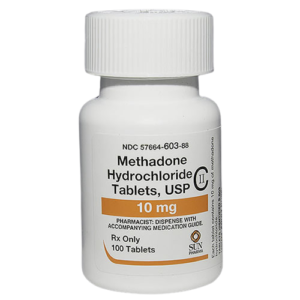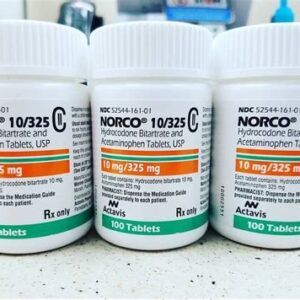The sensation of pain can be mild or severe, and it can be caused by many factors, such as nerve damage, inflammation, and injury. Millions of people suffer from pain, which can affect their daily lives, such as work, hobbies, and social activities. There are a variety of pain relief options, from over-the-counter medications to prescription drugs and even alternative therapies. We will examine various pain relief options, risks, and benefits in this article. Buy Pain Relief Online
Over-the-Counter Pain Relief
OTC pain relievers can be bought without a doctor’s prescription. OTC pain relievers are most commonly acetaminophen, nonsteroidal anti-inflammatory drugs (NSAIDs), such as aspirin (Tylenol), ibuprofen (Advil, Motrin), or naproxen. These medications are effective in mild to moderate pain, including headaches, cramps, or muscle aches. These medications work by blocking pain signals and reducing inflammation in the brain. When taken in large doses, they can have side effects, such as bleeding, liver damage, or stomach upset.
Prescription Pain Relief
Prescription pain relief medication is usually stronger and more potent than OTC pain relievers and can only be obtained with a prescription. Opioids like morphine and oxycodone are commonly prescribed to treat severe pain, such as cancer or post-surgical pain. These medications are highly effective but also have a high risk of addiction, dependence, and overdose. It is important to follow the prescription pain medication exactly as your healthcare provider prescribes.
Antidepressants and anticonvulsants are also available as prescription medications, muscle relaxants, or topical medications like lidocaine. These medications target specific pain mechanisms within the body and effectively manage chronic pain. Buy Pain Relief Online
Alternative Pain Relief Treatments
Alternative pain relief approaches are non-medication options that can be combined with conventional pain relief methods. Alternative pain relief therapies include physical therapy, massage therapy, chiropractic care, mindfulness-based stress management, yoga, or meditation. These therapies effectively manage chronic pain, reduce anxiety and stress, and improve well-being. They may not be suitable for all types or levels of pain and may not offer immediate relief. Before beginning any alternative pain-relief therapy, it is important to consult with your healthcare provider.
Considerations
It is important to consider several factors when evaluating pain relief options. These include the type and severity, underlying conditions, and potential side effects and risks. You should also follow all recommended dosages and avoid alcohol and drug interaction.
It is also important to discuss any options for pain relief with your healthcare provider, especially if you are taking multiple medications or have concerns about addiction or dependence. It is important to understand the risks of misuse and abuse of prescription medications and to adhere to any guidelines recommended for their safe use and disposal.
Conclusion:
The management of pain and improvement of quality of life is essential. OTC and prescription drugs can provide effective pain relief but can also cause side effects and risks. Alternative pain relief treatments can help manage chronic pain and overall well-being but may not be suitable for all types or levels of pain. To determine the best pain relief option, talking to a healthcare professional is important. The best action will depend on the individual’s needs and circumstances. Other pain management strategies, in addition to medication and other therapies, may include lifestyle modifications, such as regular physical activity, a healthy eating plan, and stress-reduction techniques.












